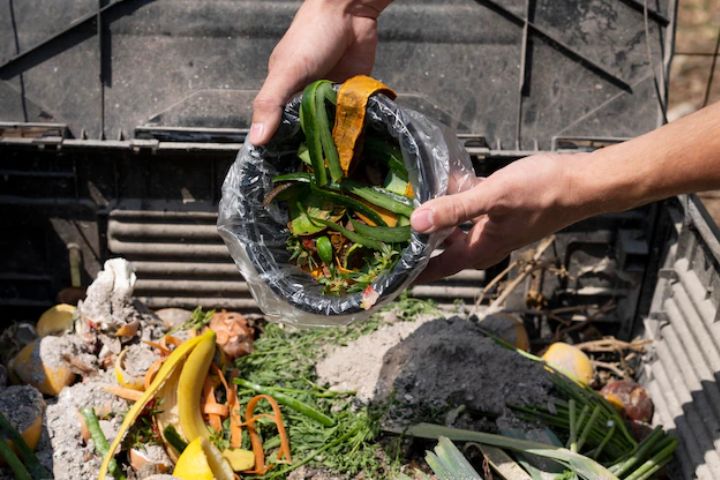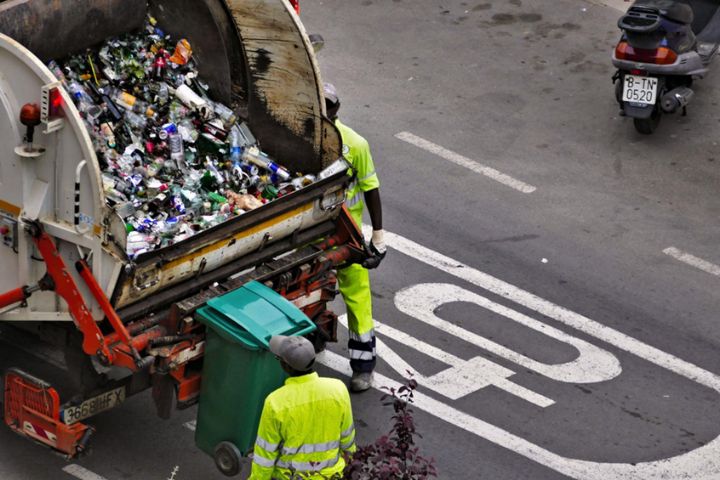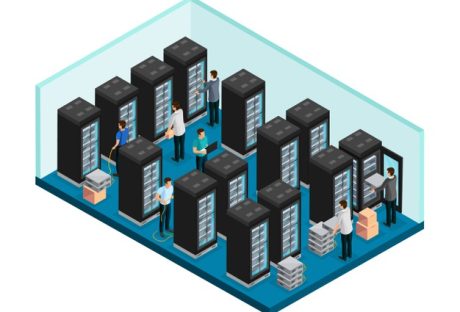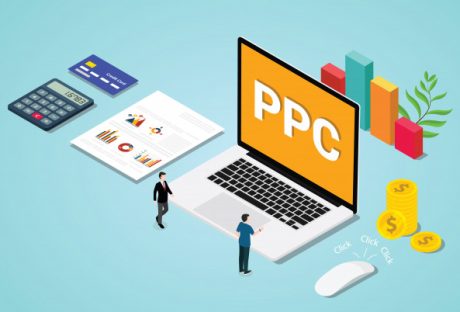A lot of businesses are aware that they need to take care of their waste, but it can be difficult to get started. Here are 10 tips for managing your business’ waste.
1. Start With A Strategy

A strategy is a plan for the future. It’s the process of defining what you want to achieve and how you’ll go about it. For example, if your business is a retail store, you might want to increase sales by 10% over the next year. Then, you’d create an action plan that includes how many new products or services you’ll offer and what marketing techniques will be used to attract more customers.
You can’t just decide on a goal without having some idea of how you’re going to get there (and whether or not it’s even feasible). When developing your waste management strategy, it’s important to consider:
- Your budget and resources
- The current state of waste management at your company
- Potential opportunities and challenges
2. Educate Your Employees About Waste Management
Make sure you dispose of your waste correctly. If you are unsure of how to do this, or if you want to find out which method is best for your business, speak with an expert on waste management services on how to;
- Educate your employees.
- Teach them how to recycle and dispose of waste properly.
- Make them aware of what not to put in the garbage, such as old batteries and electronics.
3. Reduce Paper Waste

You already know how wasteful paper can be. Use it for something important and the rest of your documents can go the way of digital storage. If you have documents that need to be printed, switch to recycled paper to reduce costs and waste. Then, think about using email instead of printing out emails with attachments or sending faxes to clients. There are also more efficient ways to store your documents than storing them on paper—scanning important files into a cloud-based system is an excellent alternative that will cut down on clutter and save you money!
4. Do A Waste Audit
A waste audit can be a great way to get your business on the right track when it comes to reducing and recycling. It’s a simple process, but it must be done regularly.
You will need to identify what types of waste are being generated by your business, how much of each type is being produced, and where they are going after they have been discarded. The goal should be to understand what types of materials are being thrown away so that you can work with employees or partners to find ways around them (or eliminate them).
Outsourcing waste management services is also a great way to save time and money. You can outsource the waste management of your business to a professional company that has experience in this area, or you can hire a colleague who has experience with waste management and ask them if they are willing to help you out.
5. Compromise On Cleaning Products For Waste Management

You will find that it is not necessary to use toxic chemicals and harsh cleaning products. Instead, you can opt for environmentally-friendly alternatives that are just as effective in maintaining the cleanliness of your business.
For example, if you need a surface cleaner or disinfectant that will keep your office equipment free of germs and bacteria, look for an option that does not contain chlorine bleach (which has been linked to cancer and other health problems). Instead, choose something like “green” cleaners that have been specifically designed to be more environmentally friendly without sacrificing effectiveness.
6. Get Creative With Containers
As you are trying to figure out how to dispose of your business’s waste, it is important to keep in mind that the most important thing is not what kind of container you use, but rather how easy it will be for your employees to carry around your business’s waste. If you have a lot of waste and it is going to be hard for employees to carry around containers full of garbage, then there are many more eco-friendly options available for businesses like yours than if there was just one kind of container at hand.
Another thing worth considering when choosing which type of receptacle or bin will work best for storing all that trash is whether or not reusable materials would work better than disposable ones. For example: If possible (and legal), consider using traditional wooden crates instead of plastic ones because they are reusable and biodegradable! This can also help save money since these types
7. Rethink Your Water System

In addition to recycling and reusing, you can also start thinking about your water system. The average American household uses 300 gallons of water per day. That’s a lot! Fortunately, there are several ways you can reduce your water use and help the environment in the process:
- More efficient use of fixtures. These include solid-surface counters, low-flow showerheads, and faucet aerators.
- Install rainwater harvesting systems on roofs of commercial buildings or at home (if possible). Rainwater is collected for future use as drinking water, lawn irrigation, or toilet flushing.
- Use greywater systems in homes where it is allowed by law; these systems recycle wastewater from sinks and showers for irrigation purposes.
- Get a meter installed on your building’s existing plumbing system so you know how much water you’re using on an ongoing basis.
8. Recycle Your Electronics
- Recycle your electronics. Electronic waste is a growing problem, and not only because it contains toxic materials that can harm our environment. The oil and other materials used to make electronic devices are becoming increasingly scarce, which means that recycling electronics is good for the planet.
- You should always recycle old cell phones or computers at an e-waste recycling center—if you throw them away, they could end up in landfills where they will take years to decompose and release harmful chemicals into the earth’s soil and water supply.
9. Consider Food Waste

Food waste is a major problem for all businesses, particularly the hospitality and food service industry. Estimates show that the average hotel loses 18% of its room nights due to guests not showing up; this means they’re paying for rooms they aren’t using—and that’s on top of the cost of cleaning and preparing those rooms (which can range from $10–$100 per night).
According to an expert in waste oil disposal in Liverpool, buffet restaurants often lose between 30% and 50% of their prepared food due to spoilage or over-ordering. Your company may also be losing money by taking care of its garbage cans improperly: if staff members don’t line them with bags or otherwise protect them from water damage, you could end up having to buy new ones every few weeks at a cost that would add up quickly over time!
10. Beware Of Hazardous Waste
Hazardous waste is a particular kind of waste that has special disposal requirements. It’s important to know what hazardous waste is and how to identify it because if you don’t dispose of your hazardous waste properly with toxic waste collection services, it can be costly and even dangerous for the environment.
Hazardous wastes are those that meet any of these descriptions:
- Corrosives: substances that burn or destroy living tissue on contact with skin or eyes, like sulfuric acid (pH 1) and sodium hydroxide (pH 14)
- Ignitable: easily ignited by heat, flame, sparks, or another source at room temperature; includes liquids with flashpoints below 60° F/16° C and solids such as coal dust in air-contaminated dust with ignition temperatures below 130° F/54° C
Conclusion – Waste Management Tips
So, there you have it! A few simple steps can make a big difference to your business. We know that waste management is not always at the top of everyone’s priority list when they run their business, but it should be. The good news is that our tips will not only help with your waste but also save you money in other areas too!
Read Also:






















